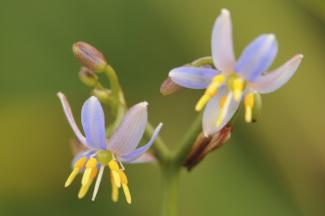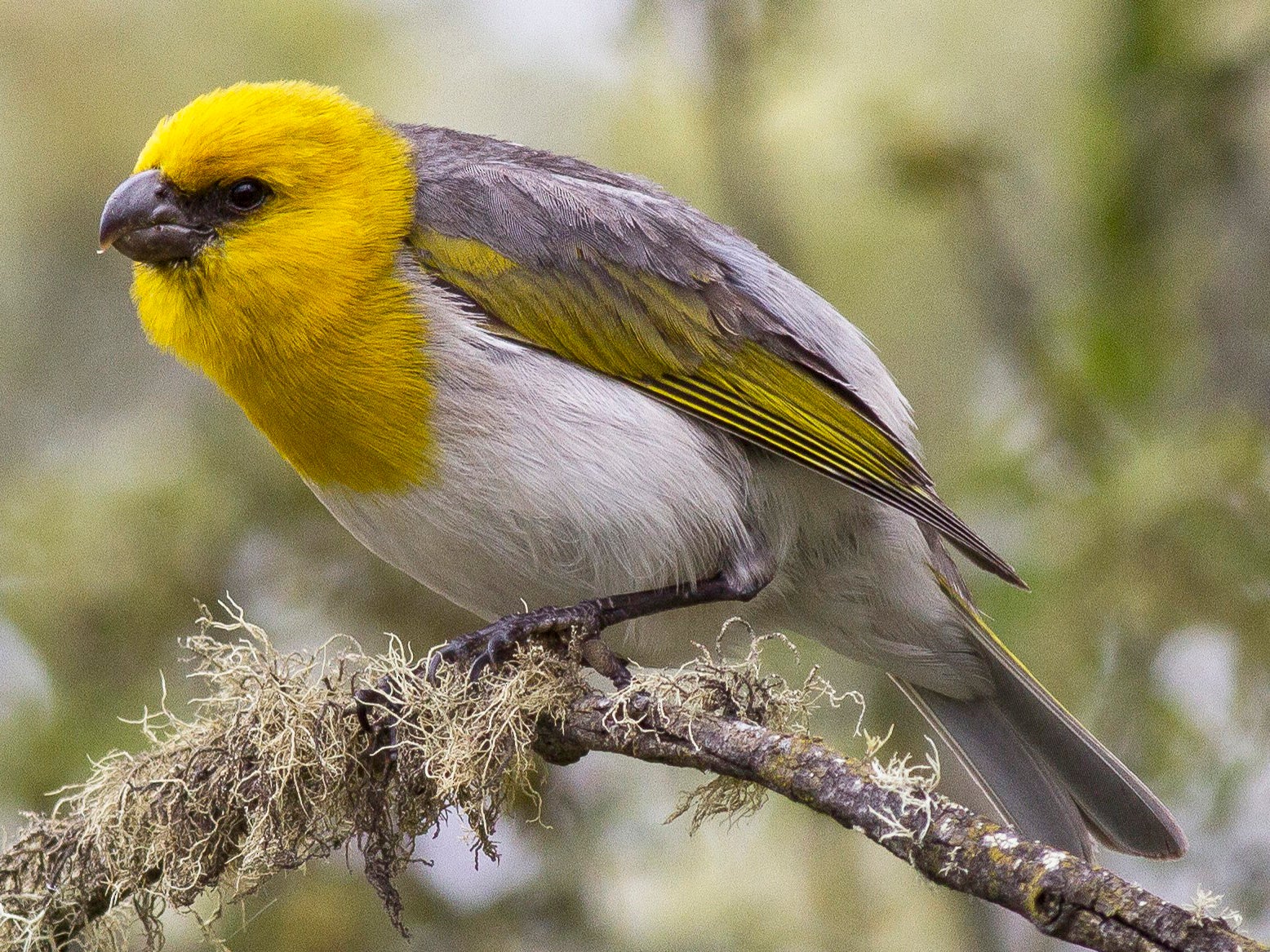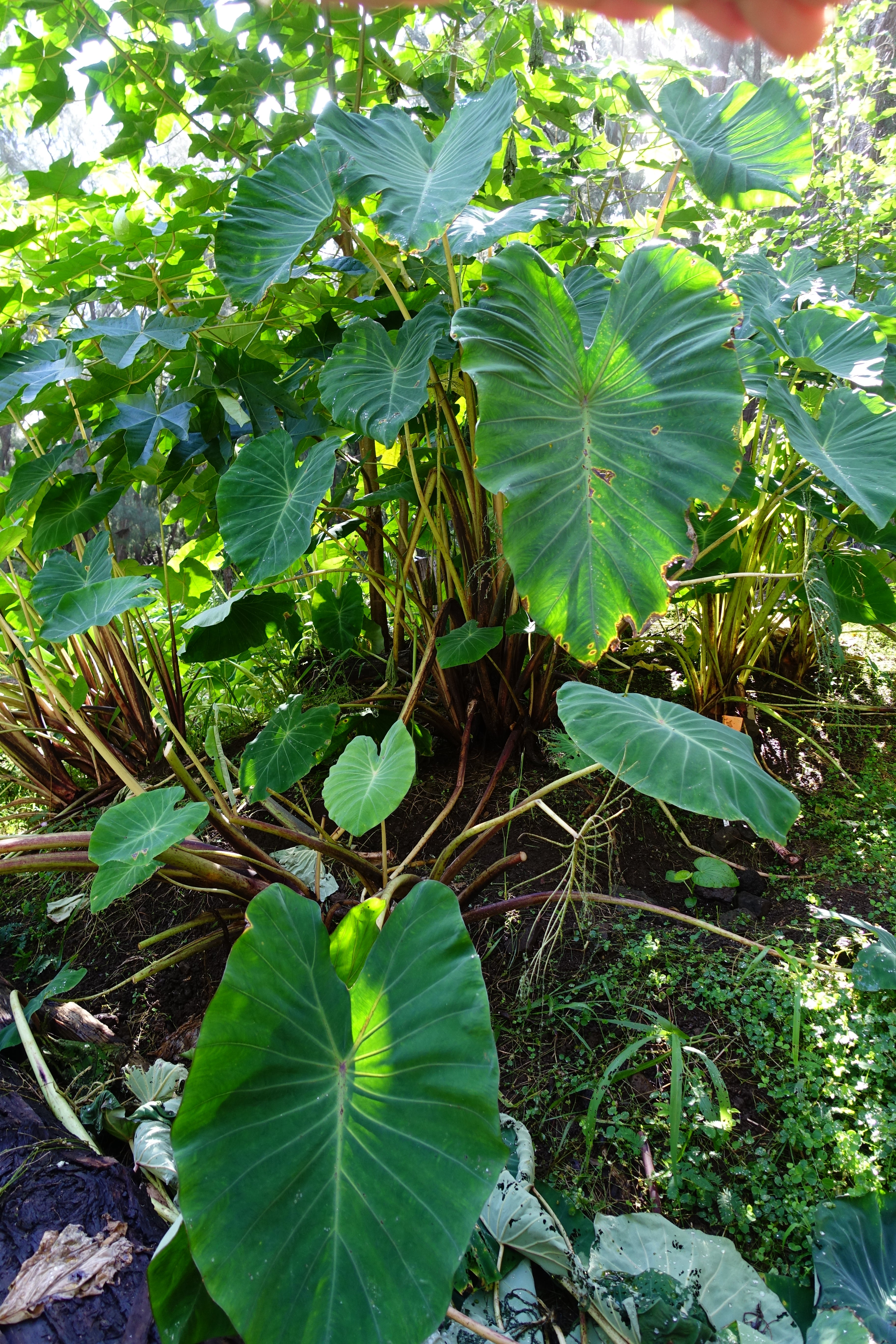
As a bird chewing down its food to be able to feed its young from mouth to mouth, so too are Native languages fed from the mouths of parents and Elders to the mouths of our next generations. As the Mauli moon phase rose in the 10-day lunar week of Hōʻemi, in the lunar month of Māhoehope, to the setting of the Hilo moon in the week of Hoʻonui at the start of the lunar month of ʻIkuwā, a tree whose seeds were planted decades ago by the Cultural Survival family branched forth. This is an inviting tree, a tree that calls out to the many Native birds from around the world to find rest on its branches, and that welcoming call was answered.
Through the wonders of technology, Native birds from the various corners of the Earth came together with their rich and beautiful voices to create exquisite songs for this newly appointed UN Decade of Indigenous Languages (2022–2032). This tree manifested itself in the form of the online conference entitled “Restoring and Protecting Our Native Languages and Landscapes.” These many manu (birds) flocked to this virtual tree from all corners of the world, from Africa to Alaska, from Turtle Island to Russia, from the vast and wide Pacific Ocean to the land of the Sampi, from Australia to South and Central America, and many places in between.
The COVID-19 pandemic has been frightening, and for our Native Peoples the threat is tenfold, or even a hundredfold, as we remember how our Peoples have fared during pandemics of the past. In spite of the lingering threat, Indigenous Peoples have taken a hold of, and are ruling, the technologies of this day. Through the marvels of technology and the access to the internet, Natives are finding innovative ways of furthering the revival of their languages, such as this online conference, to share information and stories, successes and obstacles, and to learn from and support each other.

The palila (Loxioides bailleui) is a critically endangered finch-billed species of Hawaiian honeycreeper. Photo courtesy of wikipedia.
On the first day, as the Mauli moon rose, the conference opened with spirit, chants, prayers, and acknowledgment of the lands we currently occupy and the lands where the bones of our ancestors find rest. The day focused on the connections and contributions of Indigenous languages to preserving biodiversity. The first panel explained the state of Indigenous languages as a measure of Indigenous rights already realized, and those yet to be. The second panel discussed how Indigenous languages and knowledge systems need to be at the center of biodiversity conservation.
On the second day, the last day of the lunar month, as the Muku moon rose, participants dove in with the force of the mumuku winds to discuss strengthening language outside of the contexts of homes and schools. Methodologies and pathways to strengthen Native languages in their own native lands were shared to re-elevate these languages to being the rightful dominant and official languages of their homelands. For the second half of the day, space was made for an interactive session where language speakers could share their victories and inspirations.
On the last day of the conference, with the rising Hilo moon welcoming in the new lunar month of ʻIkuwā, Indigenous women and the power of storytelling took center stage, starting with a powerful keynote address by Quechua leader Tarcila Rivera Zea. Following Zea was an engaging panel on Indigenous women in language retention and revitalization. The last panel of the conference focused on the roles of media and storytelling in promoting, revitalizing, and encouraging Indigenous languages.

Kalo (taro) is a root vegetable that is one of the most complex carbohydrates on the planet and is considered by some to be the world’s oldest cultivated crop. Photo by Kaimana Barcarse.
This conference was extremely valuable, and I encourage you to learn more in future editions of the Cultural Survival Quarterly and at www.cs.org. There was much knowledge shared by the esteemed speakers and expert panelists, but for me, the most intriguing and valuable session was on the second day where a space was opened up for an interactive discussion among participants engaged in the work of language revitalization in all of its forms. From the person just entering into the work of revitalizing a language on the brink of extinction to the person fluent and well versed in a language that has recovered, great amounts of knowledge and learning were freely shared to support one another. As the discussion progressed, many beautiful moments occurred, such as the joyful realization when one Elder met the granddaughter of his friend from another Nation who had taken up her grandmother’s language work and is bringing it to the next generation. An intergenerational connection and the ensuing support was immediately realized, beautiful indeed.
Many victories and obstacles were shared, as well as the paths to overcome. The topics of discussion were vast and wide, from ethical use of technology to mindset change, the lack of financial and knowledge resources, intellectual property rights to knowledge found in grammars created by scholars, oppressive governments to Tribal rule, and many, many more. It became readily apparent that there is not one right answer nor single pathway to success, but through discussion the group seemed to understand that we each must take on the responsibility laid before us for the betterment of not only our own Nations and Tribes, but also for all Indigenous Peoples on island Earth.
With that understanding, we posed one last question: “What will you commit to do to further Indigenous languages and knowledge systems?” There were many beautiful answers, but the one that stood out to me was from Cultural Survival’s Executive Director, Galina Angarova (Buryat), who committed to looking for ways to continue conferences such as this throughout the UN Decade of Indigenous Languages in order for us to support one another and celebrate progress during this upcoming decade. So, dear reader, I also ask of you: what will you commit to do to further Indigenous languages and knowledge systems?
To read this article in its original ʻōlelo Hawai’i version, go to tinyurl.com/hehulu.
— Kaimana Barcarse (Kanaka Hawai‘i) is the West Hawai‘i Regional Director for Kamehameha Schools and the Program Director and Lead DJ of Alana I Kai Hikina on KWXX-FM. He also serves as Chair of Cultural Survival’s Board of Directors and on the Board of The Cultural Conservancy.
Top photo: ’Uki’uki is a native member of the lily family in Hawai‘i. Photo by Kaimana Barcarse.
